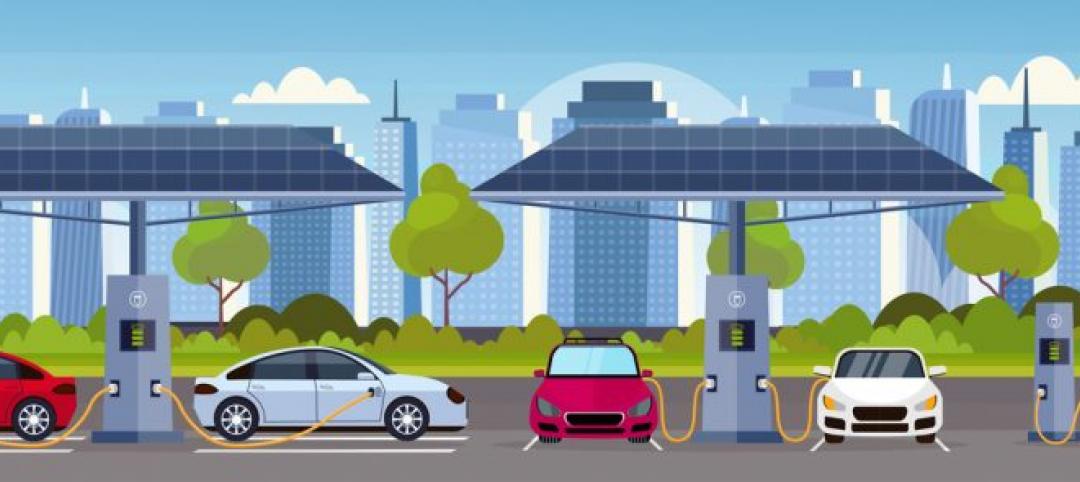As the demand for skilled healthcare professionals continues to rise, healthcare simulation is playing an increasingly vital role in the skill development, compliance, and continuing education of the clinical workforce.
Healthcare simulation uses manikins and advanced technology like virtual and augmented reality (VR and AR) to mimic realistic situations for hands-on patient care training and testing. Students can practice the cognitive, technical, and behavioral competencies they need in a safe environment that provides personalized feedback in real time.
Interactive technologies, such as AR and VR, have become mainstream and healthcare simulation is rapidly evolving to take advantage of these innovations. As holographic, and AI-driven robotic applications also become more visible in the market, the fast-paced nature of technological advancements makes it challenging for institutions to stay up to date. In addition, choosing technology and equipment impacts a facility’s budget and resource allocation.
Working With Healthcare Simulation Technology Experts
Successfully developing or renovating a healthcare simulation facility requires specialized knowledge—of space needs, infrastructure, technology integration, education curriculum, and user involvement—and an ability to build consensus of the goals and expectations of the project among all stakeholders. Master pre-planning and planning are key parts of the construction process, but rarely include healthcare simulation technology experts. Adding these experts to your team early can save time, money, and headaches.
A simulation technology consultant should be able to ensure the technology design in your facility is optimized for efficiency and is flexible for the future. They also should understand the infrastructure implications and end-user requirements of the products under consideration and help your IT department and end-users avoid costly mistakes and delays that may arise from neglecting to consider:
- Acoustics comfort and speech clarity
- Aligning the technology to the project’s vision and design
- Electrical requirements
- End-user input
- Instructional and audio-visual technologies that support collaboration and distance learning
- Integration requirements with existing teaching software applications/environments
- Lighting needs
- Potential infrastructure issues
- Training, adoption, and change management
A simulation technology consultant also should:
- Analyze the facilities pedagogy to help prioritize technology opportunities with learning objectives
- Recommend cybersecurity considerations for cloud-based solutions
- Recommend scalable power and data needs for the network
- Recommend space needs, workflow, and physical security requirements, including storage for AR/VR equipment, manikins, and other high-value simulation equipment
- Recommend the necessary space in the server room to provision a new server rack
By planning for the technology and user experience in advance but deferring equipment selection to later stages of the design process, you can access the latest software and best-in-class options, ensuring your investment delivers the greatest value for your facility and meets and exceeds the user experience. It also helps you avoid last-minute change orders when the technology has unforeseen infrastructure needs, or adoption issues when it is rolled out.
Healthcare simulation provides a safe environment for students and healthcare professionals to practice and refine their skills. It also allows for data collection and tracking to measure progress, mastery, and areas for improvement. A healthcare simulation technology consultant can guide you in selecting and implementing systems effectively, enabling the system to provide valuable insights into training outcomes and leading to better patient care.
More from Author
IMEG Corp. | Jan 11, 2024
Designing for personal technology is crucial for senior living facilities
Today’s seniors are increasingly tech savvy. It isn’t enough to give senior living residents a pre-determined bundle of technology and assume that they’ll be satisfied.
IMEG Corp. | Nov 10, 2023
3 important early considerations for office-to-residential conversions
Scott Campagna, PE, Senior Director of Housing, IMEG Corp, shares insights from experts on office-to-residential conversion issues that may be mitigated when dealt with early.
IMEG Corp. | Sep 28, 2023
Structural engineering solutions for office-to-residential conversion
IMEG's Edwin Dean, Joe Gulden, and Doug Sweeney, share seven key focuses for structural engineers when planning office-to-residential conversions.
IMEG Corp. | Jun 12, 2023
Drones take site assessments to new heights
Eric Vallejo, Director of Reality Capture and Geospatial Solutions, IMEG Corp., discusses strategies for using visualization and reality capture.
IMEG Corp. | Apr 20, 2023
13 trends, technologies, and strategies to expect in 2023
Biophilic design, microgrids, and decarbonization—these are three of the trends, technologies, and strategies IMEG’s market and service leaders believe are poised to have a growing impact on the built environment.
IMEG Corp. | Nov 16, 2022
SPC-4D: 7 reasons California hospital building owners should act now to meet seismic compliance
Seismic compliance with the applicable California building codes is onerous and disruptive for building owners, especially for a building in the heavily regulated sector of healthcare. Owners of older buildings that house acute care services have a big deadline on the horizon—Jan. 1, 2030, the cutoff date to upgrade their buildings to SPC-4D.
IMEG Corp. | Aug 1, 2022
Achieving a net-zero K-12 facility is a team effort
Designing a net-zero energy building is always a challenge, but renovating an existing school and applying for grants to make the project happen is another challenge entirely.
IMEG Corp. | Apr 19, 2022
6 trends to watch in healthcare design
As the healthcare landscape continues to evolve, IMEG’s healthcare leaders from across the country are seeing several emerging trends that are poised to have wide-ranging impacts on facility design and construction. Following are six of the trends and strategies they expect to become more commonplace in 2022 and the years to come.
IMEG Corp. | Feb 18, 2022
Crime Prevention Through Environmental Design: Comprehensive strategies to keep people and buildings safe
CPTED is so much more than surface-level protection; it encompasses multiple phases of design, social programs, colors, lighting, natural surveillance, natural access control, and even traffic curbing.
IMEG Corp. | Feb 1, 2022
Sustainable design solutions will power EV charging stations
As the EV market share has been recognized, MEP firms have been tasked with the responsibility of an entirely new design: charging stations.
















